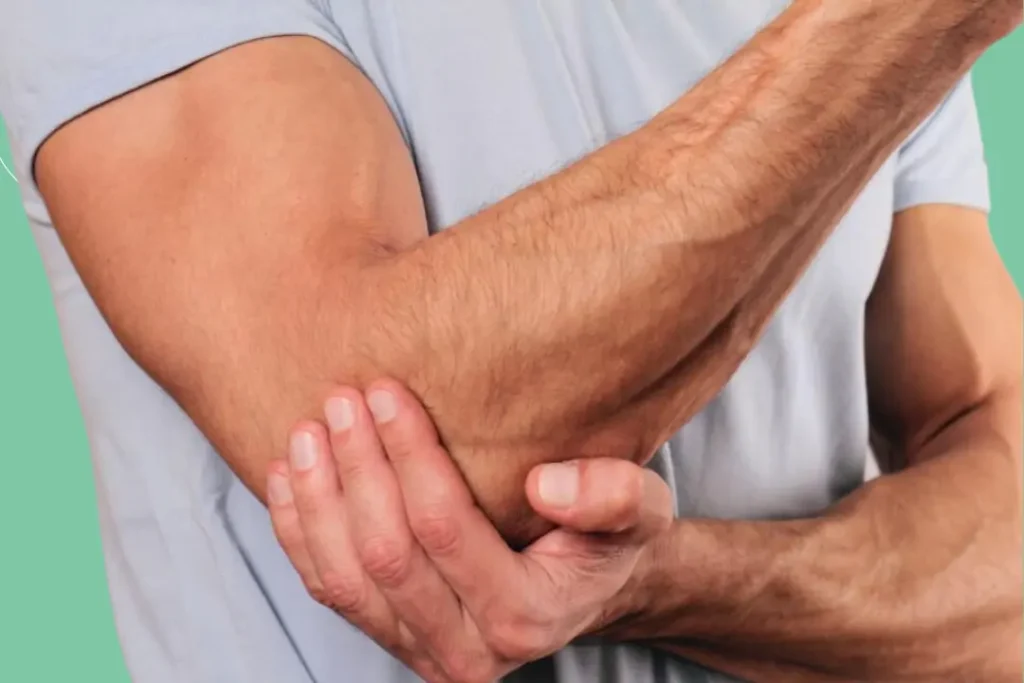Introduction:
Joint pain is a common complaint that many people associate with the natural aging process. While it’s true that age can contribute to joint discomfort, there are numerous medical conditions beyond aging that can lead to persistent and severe joint pain.
In this blog post, we’ll delve into some of these medical conditions, shedding light on the fact that joint pain isn’t always a result of getting older.

- Rheumatoid Arthritis (RA): Rheumatoid arthritis is an autoimmune disorder that primarily affects the joints. It occurs when the body’s immune system mistakenly attacks the synovium, the lining of the membranes that surround the joints. This results in inflammation, pain, stiffness, and potential joint deformities. RA can strike at any age and is not exclusive to the elderly.
- Osteoarthritis: Osteoarthritis is often associated with aging due to the wear and tear that occurs over time. However, it can also develop as a result of joint injuries, obesity, or genetic factors. This condition involves the breakdown of cartilage in the joints, leading to pain, stiffness, and reduced flexibility.
- Gout: Gout is a form of arthritis that results from the accumulation of uric acid crystals in the joints. It typically causes sudden and intense joint pain, most commonly affecting the big toe. Gout attacks can occur at any age and are not solely linked to aging.
- Lupus: Lupus is an autoimmune disease that can cause joint pain, among other symptoms. Joint pain in lupus is often accompanied by inflammation, skin rashes, fatigue, and a range of other systemic symptoms. It can affect individuals of various ages.
- Ankylosing Spondylitis: Ankylosing spondylitis is a type of arthritis that primarily affects the spine and sacroiliac joints in the pelvis. It leads to pain and stiffness, which can be severe and progressively limit mobility. This condition typically emerges in young adulthood, although its onset can vary.
- Psoriatic Arthritis: Psoriatic arthritis is an inflammatory joint condition that accompanies psoriasis, a skin disorder. It can cause joint pain, swelling, and stiffness, and often affects the fingers, toes, and lower back. Psoriatic arthritis can develop at any age.
- Juvenile Arthritis: Juvenile arthritis refers to a group of autoimmune and inflammatory conditions that affect children and adolescents. These conditions can cause joint pain, swelling, and limited mobility, impacting young individuals well before the effects of aging come into play.
- Lyme Disease: Lyme disease, transmitted through tick bites, can lead to joint pain, among other symptoms. If left untreated, it can result in chronic joint issues that mimic the symptoms of various types of arthritis.
Conclusion:
While joint pain can indeed be a natural part of the aging process, it’s essential to recognize that it’s not the sole cause. Various medical conditions, many of which are autoimmune or inflammatory in nature, can lead to joint pain at any age.
If you or someone you know is experiencing persistent joint pain, seeking medical evaluation is crucial to determine the underlying cause and receive appropriate treatment.
Remember, joint pain is not always a sign of aging; it could be indicative of a broader range of health issues that deserve attention and care.
